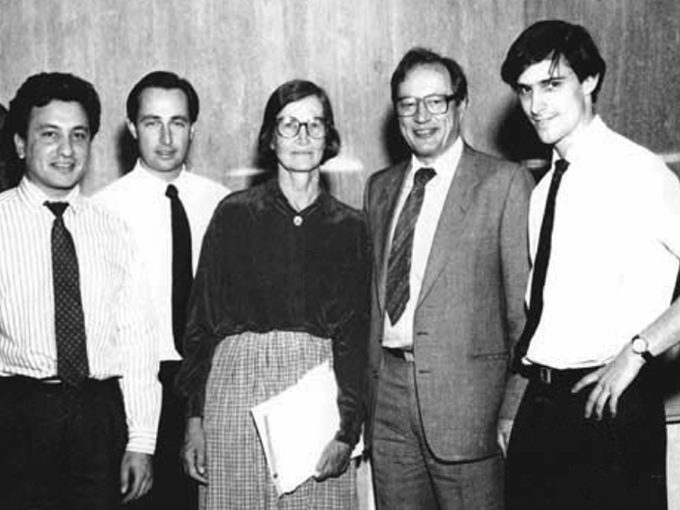
Architect, educator, and activist Natalie de Blois, who died in July of this year, worked on some of the most iconic modern architecture in America in the mid-20th century — including the Lever House (1952), the Pepsi Cola World Headquarters (1960), and the Union Carbide Corporation Headquarters (1962). As part of the New York and Chicago offices of SOM, she had a large hand in defining a new, quintessentially American, information-age typology: the corporate high-rise.
De Blois’ career — both her extraordinary work and what her relative anonymity says about women in the architecture industry — has resonated particularly loudly now, due in large part to issues regarding collaboration and recognition brought to the forefront surrounding Denise Scott Brown’s recent Pritzker snub. On more than one occasion, de Blois spoke out about the importance of being recognized as an architect over being a woman architect. “Being a woman architect is not the important thing to me,” she said. “I’ve always been singled out because I’m the one who did large buildings, but architecture is a building profession.”